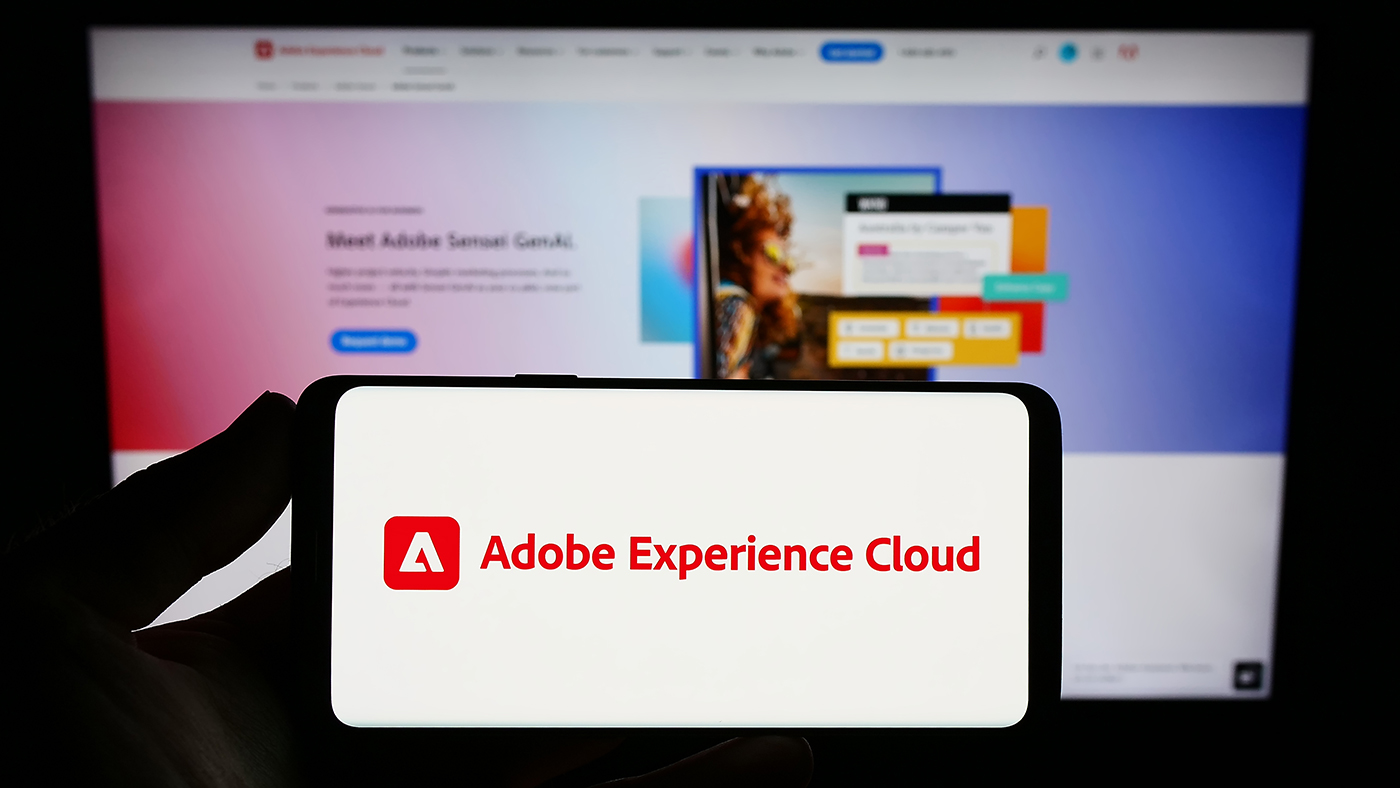
Global Digital Divide: UX Responsibilities in Metaverse

There’s an entire world out there that exists beyond the one in which we live, but the harsh reality is not everyone will have access to it. As UX designers, it’s our responsibility to mend that.
The metaverse is a simulated digital environment that uses augmented reality (AR), virtual reality (VR), and the most advanced computing tools available to create spaces to immerse users in an alternate world. This is an exciting technological evolution for both the public and the folks behind the experience alike. However, for those unable to access the platform due to limited access to technology, the metaverse is yet another wedge between them and our digitized society. This article examines the role UX designers play in accessibility to the metaverse and how we can help close the gap on the global digital divide.
The Gate to Metaverse
An entire world of artificial experience that has the potential to one day become the default experience of life is a huge leap in our design era. But access to a platform like this may be harder to achieve than companies like Meta would like to admit. At minimum, entrance to the metaverse requires two fundamental materials (not including currency that may be needed to log in and use a metaverse platform, which is a separate issue):
- A device that can connect to a virtual space
- Stable connection to the internet that provides virtual experiences in real time
According to the UN Deputy Secretary-General almost half the world’s population is still offline. Almost 15% of American households don’t have at home internet subscriptions. This divide disproportionately affects minority groups, with 31% of Black and Latino households and 34% of Native American/Native Alaskan households not having access to high-speed internet. In Black and Latino households, 17% report not even owning a computer.
These stats serve, at best, as an introduction to the global digital divide. There are enough roadblocks between this population of the world and technology without having to purchase expensive VR equipment, or upgrading internet packages (which may or may not even be available). For the metaverse to be truly impactful, it cannot ignore the absence of huge populations.
The Role of UX Designers
When it comes to the metaverse, your first thought might not be the user experience designers behind it. But I argue that these individuals have a responsibility that outweighs even delivering high quality visualizations. UX designers are trained to utilize empathy, relate to as many users as possible, and design for them; the foundational principles are based on designing experiences that are accessible universally.
As designers, we should cite our core values and advocate for more easily accessible platforms. Metaverse entrance points should be created for devices that may be easier to access, such as laptops and smart phones. Desktops in public libraries should provide access to the metaverse, too. The idea of creating a subdued version of the fully immersive world for a desktop computer may not be thrilling, however guaranteeing the metaverse is accessible to as many people as possible is essential in designing a new reality.
Inherently, determining the cost of the product are not conversations in which UX designers participate. However, ignoring the price of products like metaverse and its associated products would be irresponsible for designers focused on experience. The creation of a new reality inside our own is an intricate concept and as such, it is not unreasonable to assume our jobs may become more cross-functional than ever before. We must design affordable spaces. We must also consider the time needed for one to acclimate to the language of the internet through a VR space, for some it may become their first interaction with the internet.
Moving Forward for All
This article isn’t meant to solve the accessibility issue of the metaverse, but rather serves as a jumping off point for those directly involved in its creation. On a larger scale, studies are being done to examine the overall issue of the global digital divide. Google’s Next Billion Users initiative is breaking down how to bring offline populations into the digital scape, if they so choose to participate. For a deeper dive, Payal Arora’s Next Billion Users analyzes poverty outside of the west and how new internet users interact online.
The metaverse has potential to creep into everyday reality, and unless we address accessibility issues, people who fall into the offline demographic will be ostracized. If the goal of a product—like metaverse—is to replace modern reality, it must be inclusive to all those involved in our current state. To help metaverse reach its goal, it’s our responsibility as UX designers to find a way to bring excluded populations into the fold.
Are you ready for digital transformation? Whatever stage your business is at, Apexon’s team of UX experts can help solve your business and technology challenges. You can find out more about Apexon’s UX Strategy and Design Services here or get in touch directly using the form below.




